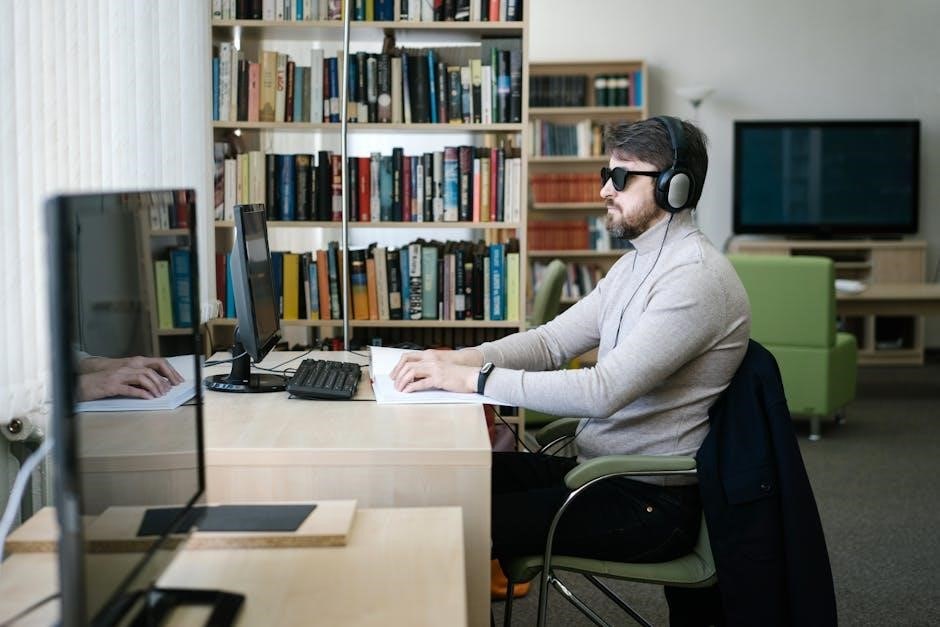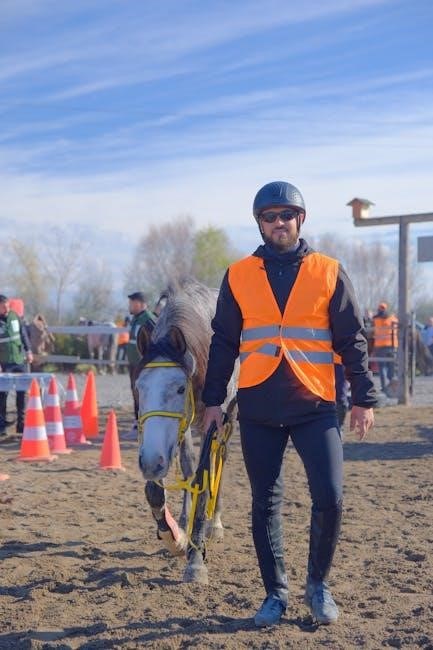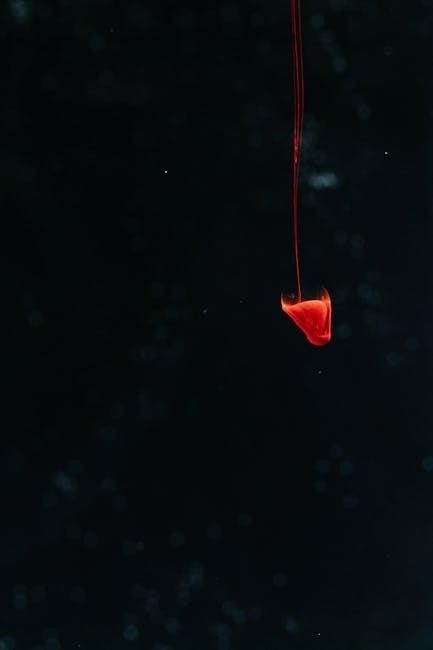Understanding the Basics of Pony Diffusion
To understand the basics of pony diffusion, it is essential to know that it is a type of text-to-image generation model that uses natural language and danbooru tags to produce high-quality images. This model is based on stable diffusion, which is an advanced version of artificial intelligence designed for creating detailed and aesthetically appealing images. The process of pony diffusion involves inputting prompts or text descriptions, and the model generates images based on these prompts. The use of danbooru tags is crucial in pony diffusion as it helps to separate and categorize the prompts, resulting in more accurate and optimal results. By understanding the basics of pony diffusion, users can create effective prompts and generate high-quality images that meet their requirements. The basics of pony diffusion also involve understanding the different categories and tags used in the model, which can help users to create more specific and detailed prompts. Overall, understanding the basics of pony diffusion is essential for users to get started with this technology and to achieve the best results.

Getting Started with Pony Diffusion
Getting started with pony diffusion involves setting up environment and installing necessary models and software for text to image generation using pony diffusion prompt guide online services;
Setting Up the Environment for Pony Diffusion
To set up the environment for pony diffusion, users need to install the necessary software and models, including stable diffusion and text to image generation tools.
This involves downloading and installing the required packages and libraries, such as Python and TensorFlow, and configuring the environment variables.
The user can then proceed to install the pony diffusion model and its dependencies, and set up the input and output directories for the text to image generation process.
Additionally, users can customize their environment by installing additional tools and plugins, such as danbooru tags and natural language processing libraries.
By following these steps, users can set up a fully functional environment for pony diffusion and start generating high-quality images using text prompts.
The environment setup process is crucial for achieving optimal results with pony diffusion, and users should ensure that all dependencies are installed and configured correctly.
With the environment set up, users can proceed to create and refine their text prompts to generate stunning images using pony diffusion.
Creating Effective Prompts for Pony Diffusion
Using natural language and danbooru tags creates effective prompts for pony diffusion models and text to image generation online systems easily.
Using Natural and Expressive Language in Prompts
Using natural and expressive language in prompts is essential for achieving desired results in pony diffusion models.
The language used should be easy to understand and concise, allowing the model to generate high-quality images.
Natural language allows for more flexibility and creativity in prompts, enabling users to express their ideas and visions effectively.
Expressive language, on the other hand, adds tone and emotion to prompts, making them more engaging and interesting.
By combining natural and expressive language, users can create unique and compelling prompts that produce stunning images.
This approach enables users to tap into the full potential of pony diffusion models, exploring new possibilities and pushing the boundaries of text-to-image generation.
With natural and expressive language, the possibilities are endless, and users can create truly remarkable images that showcase their creativity and imagination.
The use of natural and expressive language in prompts is a key aspect of the pony diffusion prompt guide, helping users to unlock the full potential of these models and achieve outstanding results.
Understanding Danbooru Tags for Pony Diffusion
Danbooru tags are essential for pony diffusion, providing context and metadata for image generation, using specific keywords and categories to produce desired results online effectively always.
Separating Danbooru Tags for Optimal Results
To achieve optimal results in pony diffusion, it is crucial to separate Danbooru tags effectively, using a combination of relevant keywords and categories to provide context and metadata for image generation.
This involves understanding the different types of tags available, including character tags, artist tags, and copyright tags, and using them in a way that produces the desired outcome.
By separating Danbooru tags, users can create more specific and accurate prompts, which can lead to higher-quality images and a more efficient generation process.
Additionally, separating tags can help to avoid confusion and misinterpretation, ensuring that the generated images meet the user’s expectations and requirements.
Overall, separating Danbooru tags is an essential step in mastering pony diffusion and achieving optimal results in image generation.
With practice and experience, users can develop the skills and techniques needed to separate tags effectively and produce high-quality images that meet their needs and expectations.

Advanced Techniques for Pony Diffusion Prompts
Using custom GPTs and advanced language models enhances pony diffusion prompting experience with stable diffusion models online naturally.
Customizing GPTs for Enhanced Prompting Experience
Customizing GPTs for pony diffusion prompts involves fine-tuning language models to generate human-like text that enhances the prompting experience. This can be achieved by training the model on a specific dataset or using pre-trained models and fine-tuning them for the task at hand. The goal is to create a model that can understand the nuances of natural language and generate text that is coherent and relevant to the prompt. By customizing GPTs, users can improve the quality of the generated text and increase the chances of getting the desired output. This can be particularly useful for pony diffusion prompts, where the goal is to generate high-quality images that meet specific requirements. With customized GPTs, users can experiment with different prompts and styles, and refine their approach to get the best results. This level of customization can take the prompting experience to the next level, allowing users to explore new possibilities and achieve their creative goals.

Optimizing Prompts for the Best Results
Optimizing prompts involves refining language and tags for better image generation results online using pony diffusion models and techniques.
Covering Basic and Advanced Settings for Pony Diffusion
To get the most out of pony diffusion, it’s essential to understand the various settings available. The basic settings include options for image size, format, and quality, while the advanced settings allow for more nuanced control over the generation process. These settings can be used to refine the output and achieve the desired results. By exploring the different options and experimenting with various combinations, users can unlock the full potential of pony diffusion. The settings can be adjusted to suit specific needs and preferences, enabling the creation of unique and captivating images. With practice and patience, users can master the art of pony diffusion and produce stunning visuals that showcase their creativity and skill. The key to success lies in understanding the intricacies of the settings and using them to enhance the overall quality of the generated images. Effective use of these settings can elevate the results and take pony diffusion to the next level.

and Future of Pony Diffusion Prompt Guide
The pony diffusion prompt guide has provided a comprehensive overview of the topic, covering the essential aspects of creating effective prompts and generating high-quality images. As the field of artificial intelligence continues to evolve, it is likely that pony diffusion will become even more sophisticated and accessible. The future of pony diffusion holds much promise, with potential applications in various industries such as art, design, and entertainment. With the ability to generate realistic and detailed images, pony diffusion is poised to revolutionize the way we create and interact with visual content. As researchers and developers continue to refine and improve the technology, we can expect to see even more impressive results and innovative uses of pony diffusion. The guide’s conclusion marks the beginning of a new era in image generation, and it will be exciting to see how pony diffusion shapes the future of creative expression and visual communication. The possibilities are endless, and the future looks bright for this emerging technology.
